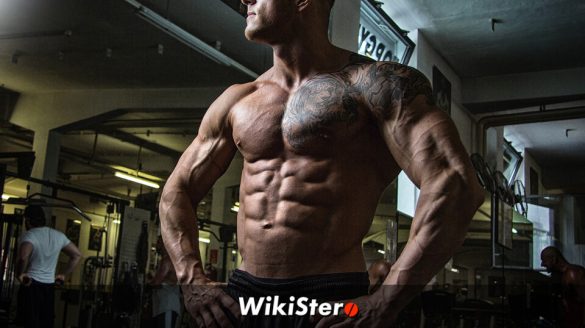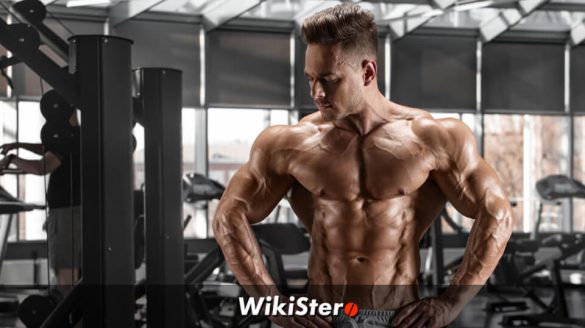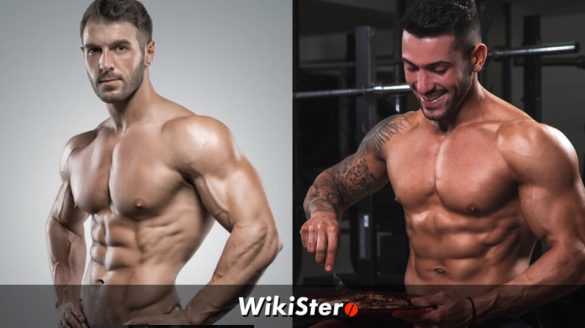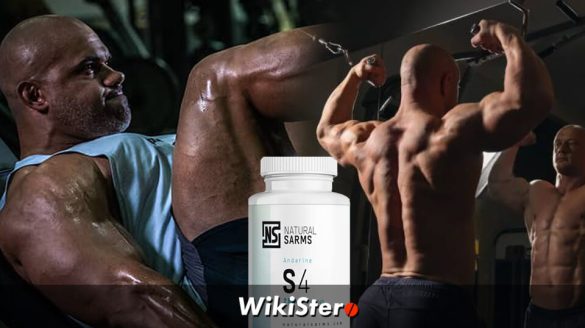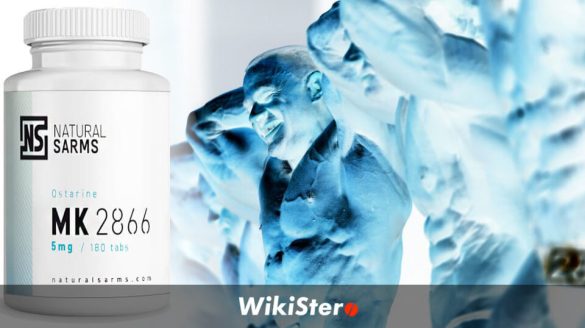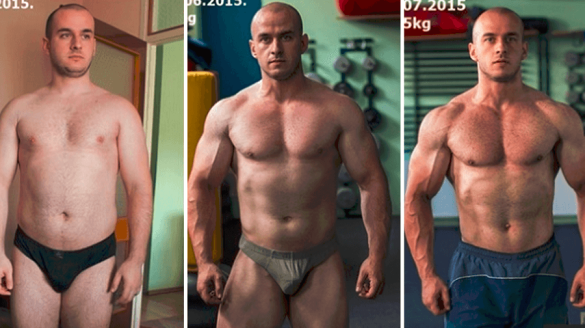SARM’s
The acronym SARM stands for «Selective Androgen Receptor Modulators». Androgens are a class of hormones that serve as ligands and bind to cell androgen receptors. All anabolic steroids and pro-hormones have muscle strengthening properties from this bond with the androgen receptor.
A drug that can either block or stimulate the same nuclear hormone receptor depending on the conditions is called a selective receptor modulator. If a receptor can be selectively blocked or stimulated, it may be able to mimic beneficial effects in the tissue while minimizing the undesirable effects of steroidic hormones in other tissues at the same time.
In other words, SARMs offer the advantages of traditional anabolic steroids such as testosterone but with less of a tendency to produce the usual undesirable side effects from steroids.
SARMs have been developed and studied since 1998. They were initially sought after for people requiring hormone replacement treatment or those battling various diseases like cancer or osteoporosis.
Pharmaceutical companies’ studies on SARMS are a breakthrough in the medical industry because of their ability to selectively stimulate a receptor’s tissue and reduce or eliminate undesirable side effects.
- S-23
- Endurobol (GW501516)
- Stenabolic (SR9009)
- Rad140 (Testolone)
- YK-11
- Ostarine (MK-2866)
- Andarine (S-4)
- Ibutamoren (MK-677)
- Ligandrol (LGD-4033)
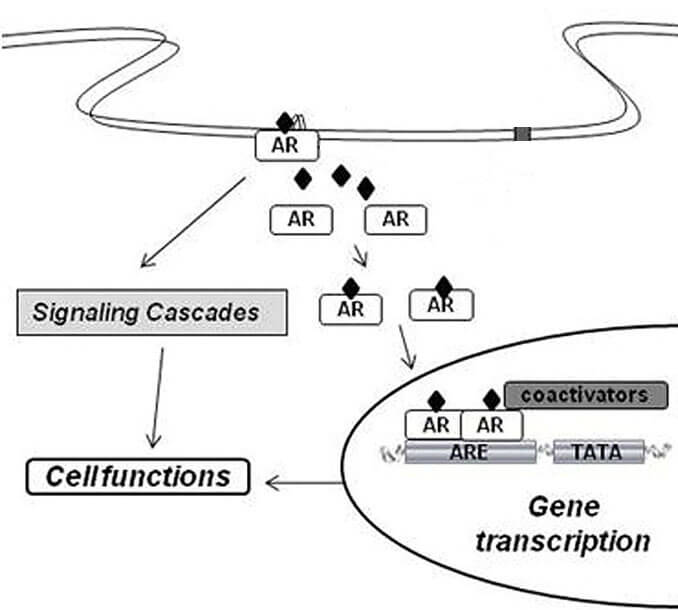
SARM and Medicine
Steroids are generally prescribed in medicine for two distinct reasons:
- Muscle diseases ranging from osteoporosis to cancer
- Hormone replacement therapy
Problems with anabolic steroids or testosterone replacement therapy arise from their undesirable side effects or pharmacokinetic properties.
The medical field then thought that if it’s possible to selectively stimulate a tissue receptor (e.g. selective bone or muscle tissues), it’s possible to imitate the beneficial effects of androgen activation and at the same time, minimize the undesirable effects of natural or synthetic steroid hormones in other tissues.
Side Effects of SARMs
As mentioned above, problems with anabolic steroids or hormone replacement therapy arise from their undesirable side effects or pharmacokinetic properties.
In particular, many side effects of lesser or greater importance can occur. For example:
- Possible stimulation of prostate cancer
- Baldness
- Acne
- Hair or body growth
- Gynecomastia (development of male breasts)
- High blood pressure
- Liver toxicity
- Cholesterol imbalance
- Left ventricular hypertrophy (enlarged heart)
- Stopped testosterone production

How to avoid these side effects?
Stimulating the androgen receptor in the muscle or bone tissue can prevent most, if not all of the serious side effects listed above.
It is for this reason – the modulator’s ability to selectively cause the muscle receptors to grow – that research turned towards SARMs. They have the potential advantages of anabolic supplements while minimizing the undesirable side effects. They can also be administered orally, which testosterone and some steroids don’t offer.
So pharmaceutical companies are currently seeking to learn if SARMs can really be an alternative to prescribed steroids.
Global pharmaceutical companies are currently testing several types of SARM. Several hundred exist but currently there are two main types available on the market, and these are the most used by athletes, fitness amateurs and bodybuilders. They are ostarine (MK-2866) and andarine (S-4)
SARMs in Sports and Bodybuilding
Many sports are interested in these discoveries, particularly athletes who use steroids for their workouts or to enhance performance; that is, bodybuilders, fitness enthusiasts and numerous athletes. SARMs can be used with or as an anabolic substitute for the following purposes:
- Growing lean muscle mass
- Preventing muscle loss during weight loss
- Injury rehabilitation
- Using PCT after anabolics
Additionally, there are many advantages. They are taken orally (so no injections with any hygiene-related health risks), the effects are similar to those of testosterone (strength gains, increased libido, fat loss) no dihydrotestosterone conversion, no estrogen conversion, no liver toxicity, no risk of detection in the event of a drug test.
If the disadvantages are largely removed, what about the advantages, particularly for building muscle?
The first generations of SARMs showed that they induce modest lean mass gains in healthy subjects, which is still far from what happens with testosterone or anabolic steroids. For example, one study showed that SARMs produced 1.0 to 1.5kg of lean mass gains after more than four to six weeks while conventional anabolics produced 5-7kg of lean mass during the same period.
However the new generations of SARMs may be considerably more powerful than those previous.
The Different SARMs
The two main SARMs used today are Ostarine and Andarine. The first is the most powerful SARM. It is very effective for maintaining lean mass, and is often called S1. It was developed quite early in the research but has not been the subject of subsequent developments.
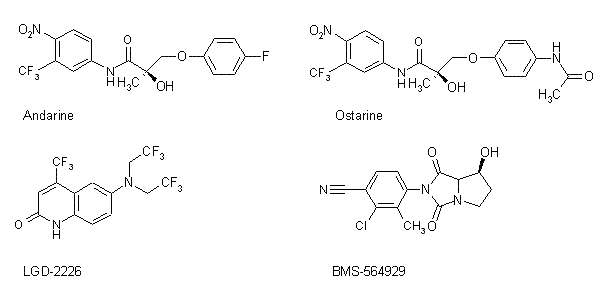
Ostarine mainly impacts the muscle tissues. Therefore it’s highly recommended for all medical treatments against muscular atrophy diseases, though it’s also appreciated by all bodybuilders for muscle strengthening. Of more than 600 people tested in clinical trials, 160 met the objectives of increasing overall lean mass and increasing muscle mass. Ostarine therefore seems to be the ideal product for increasing lean mass in athletes. The only negative point is the length of time needed to gain this lean mass, which is longer than for standard anabolics. However the advantage of not having any side effects is undoubtedly superior.
As for Andarine, also called S4, it SARM reduces fat mass while increasing muscle mass. S4’s effects are often compared to those of Winstrol but without the side effects like hair loss. Andarine will help you obtain a lean, defined look, and brings strength and stamina. It can be paired with ostarine to improve its effects even more. Like all SARMs, it provides fewer anabolic androgenic effects than true steroids, but the effects are similar.

